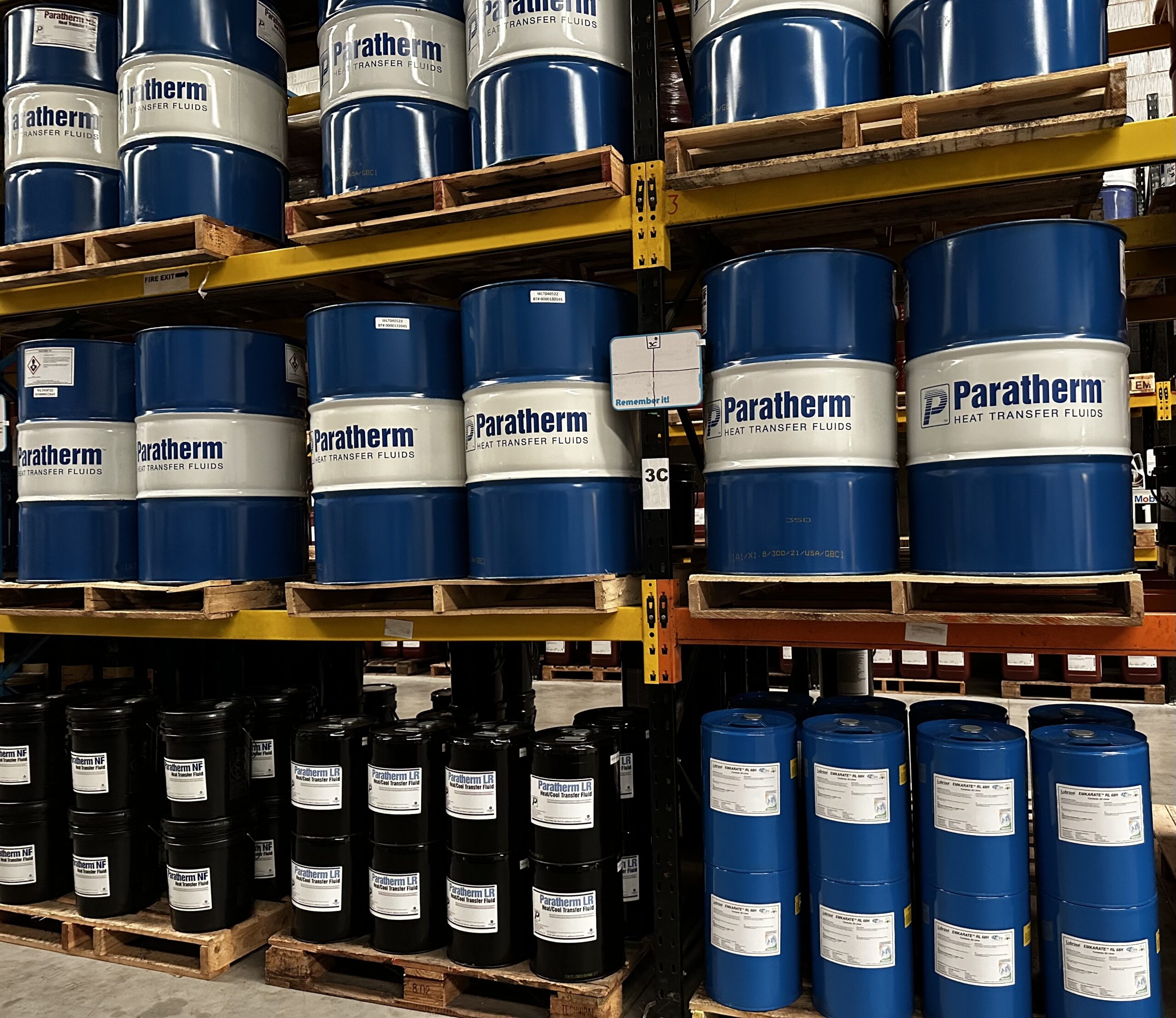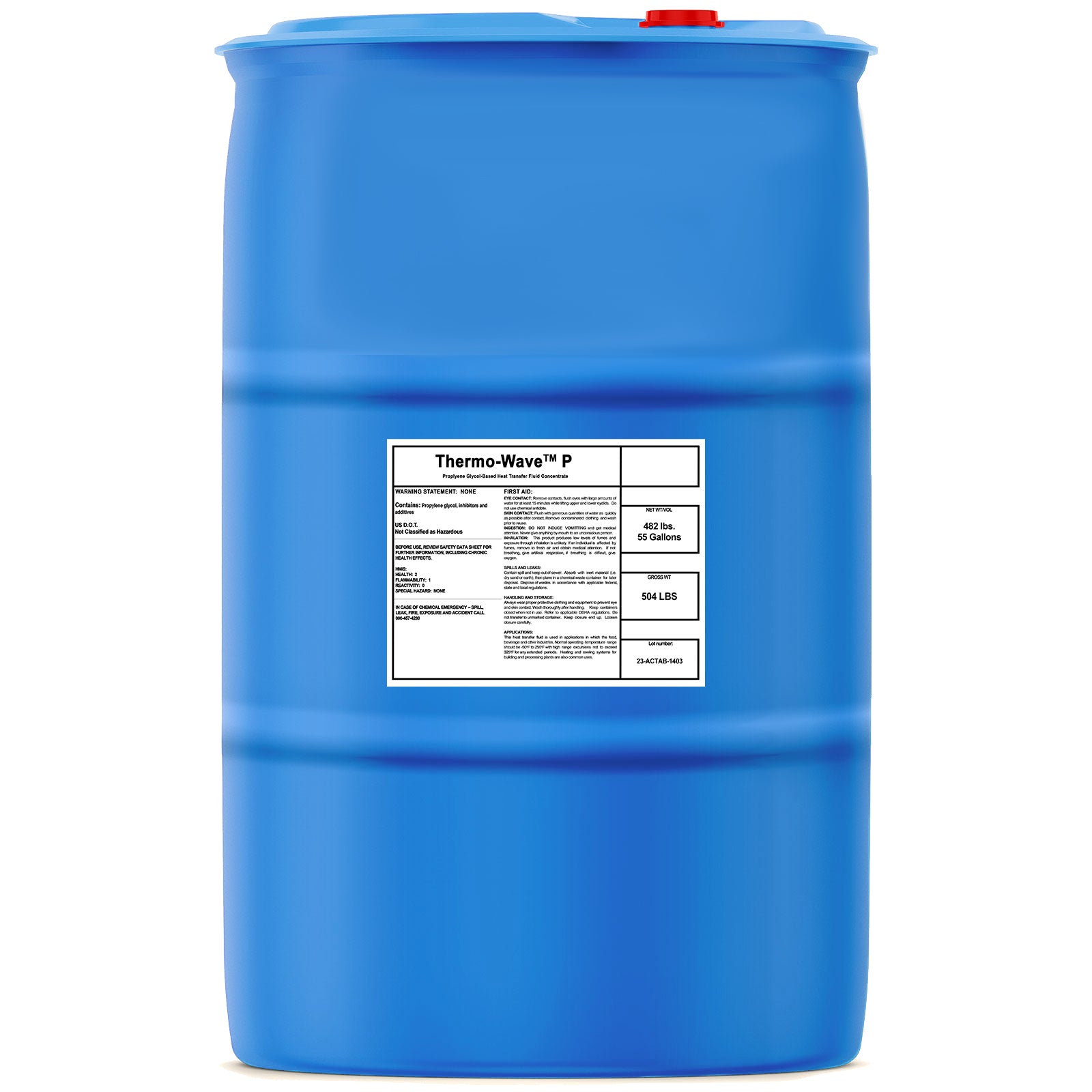The Duty of Heat Transfer Fluid in Enhancing System Efficiency and Safety
In the ever-evolving landscape of industrial procedures, heat transfer fluids (HTFs) arise as pivotal components in maximizing both system efficiency and security. These specialized fluids, understood for their superior thermal conductivity and controlled thickness, make it possible for reliable warm exchange, which is indispensable for structured procedures.
Recognizing Heat Transfer Fluids
Warmth transfer liquids, frequently considered the lifeline of thermal management systems, play a crucial duty in regulating temperature across various commercial applications - heat transfer fluid. Industries such as chemical handling, power generation, and manufacturing rely on warm transfer liquids to make sure equipment operates efficiently and safely.
The choice of a suitable warmth transfer liquid is crucial to the success of a thermal monitoring system. In recap, a comprehensive understanding of warmth transfer liquids is vital for optimizing system efficiency, making sure functional security, and accomplishing cost-efficient thermal management solutions.
Key Quality of HTFs

The particular heat capability of an HTF marks the amount of warm energy required to change its temperature, impacting exactly how successfully the system can react to temperature variants. The boiling and freezing points of HTFs also play a crucial duty, specifically in systems subjected to severe temperature levels, making sure liquid stability and preventing stage adjustments throughout operation.
Enhancing System Efficiency
To boost system efficiency with warm transfer liquids (HTFs), it is important to integrate a thorough strategy that takes into consideration both fluid homes and system style. The choice of an appropriate HTF is essential, as its thermal conductivity, thickness, and particular warmth capacity directly impact the efficiency of warm exchange. High thermal conductivity ensures quick warm transfer, while ideal thickness facilitates smooth circulation with the system, minimizing energy consumption. In addition, a high particular heat capability permits the fluid to store and transfer even visit our website more thermal energy, improving total system efficiency.
Equally crucial is the design of the warmth transfer system itself. The surface area and material of warm exchangers ought to be enhanced to take full advantage of heat transfer effectiveness.
Boosting Operational Safety
Making sure operational safety and security in heat transfer systems requires a precise emphasis on both the properties of warm transfer fluids (HTFs) and the style and upkeep of the whole system. HTFs should possess thermal stability, low flammability, and suitable thickness to minimize risks such as leaks, fires, and system breakdowns. Selecting the appropriate HTF is vital as it figures out the system's ability to take care of temperature level my response changes without jeopardizing safety.
The style of the system need to include redundancies and fail-safes to handle possible risks effectively. This consists of the integration of safety shutoffs, stress alleviation gadgets, and temperature level monitoring systems to discover and address abnormalities immediately. Normal maintenance is essential to ensure that all elements, consisting of pumps, pipes, and seals, are functioning appropriately and are without wear or deterioration, which could result in hazardous leakages or failings.
Additionally, personnel in charge of the procedure and maintenance of warmth transfer systems need to be effectively learnt security procedures and emergency action treatments. Constant training programs and security drills can dramatically minimize the likelihood of accidents, making sure a more secure working setting. Ultimately, a comprehensive approach to security-- incorporating liquid option, system style, and labor force training-- is crucial for optimal operational security.
Industry Applications of HTFs
Commonly utilized throughout different sectors, heat transfer liquids (HTFs) play an have a peek at this website important duty in improving the efficiency and integrity of thermal administration systems. In the chemical market, HTFs are essential for preserving exact temperatures during reactions, making sure product consistency and high quality. They help with warmth exchange procedures in activators, condensers, and heat exchangers, therefore optimizing power usage and lessening waste.
In the oil and gas sector, HTFs are utilized in both upstream and downstream operations. They take care of temperature in exploration procedures and boost performance in refining procedures by offering steady thermal conditions. This leads to decreased downtime and enhanced safety and security, specifically in vital operations such as purification and breaking.
The sustainable power market also benefits substantially from HTFs, especially in concentrated solar energy (CSP) plants. Right here, HTFs move captured solar power to power generators, allowing efficient electrical energy generation. The pharmaceutical market depends on HTFs for precise temperature control in both synthesis and storage space, guaranteeing product effectiveness and security.


Furthermore, the food and beverage sector makes use of HTFs for pasteurization, sterilization, and cooking procedures, boosting both product safety and security and manufacturing effectiveness. Throughout these sectors, HTFs act as essential components in maintaining ideal operational efficiency and safety.
Verdict
Heat transfer fluids are vital in improving industrial system performance and safety and security by offering high thermal conductivity, optimal viscosity, and thermal stability. Proper option and upkeep of HTFs boost heat exchange effectiveness, consequently improving functional efficiency.